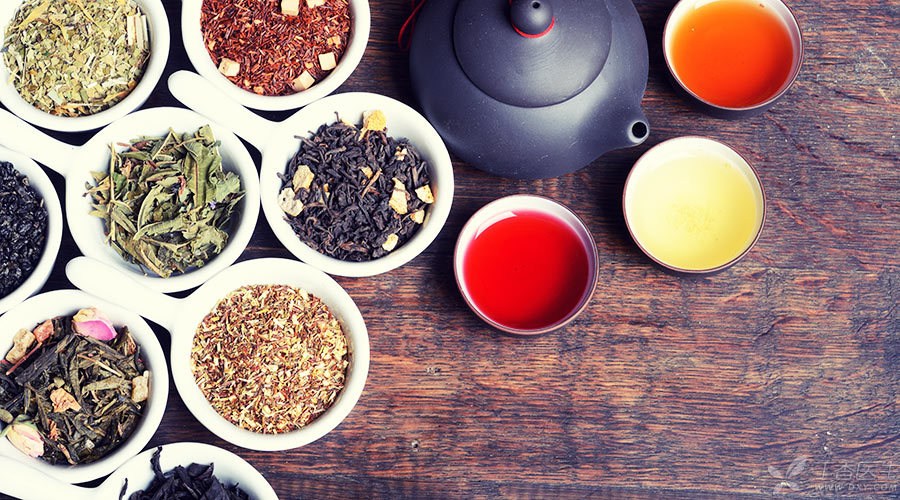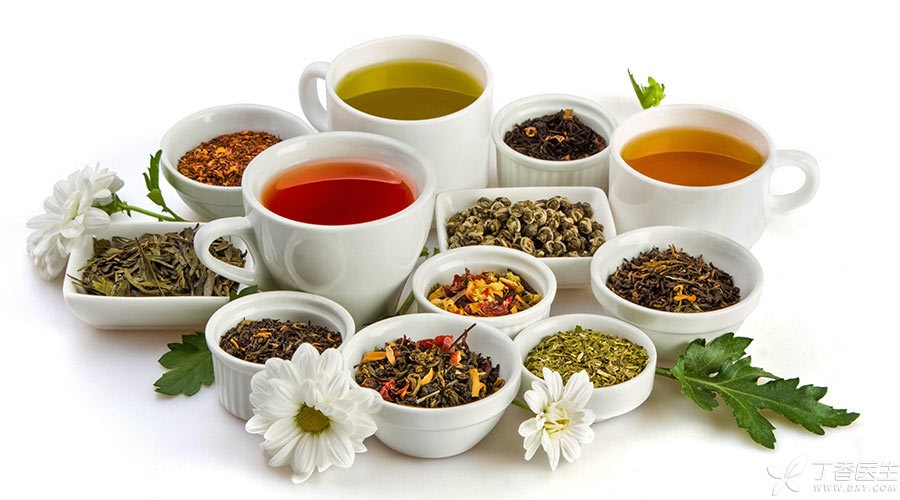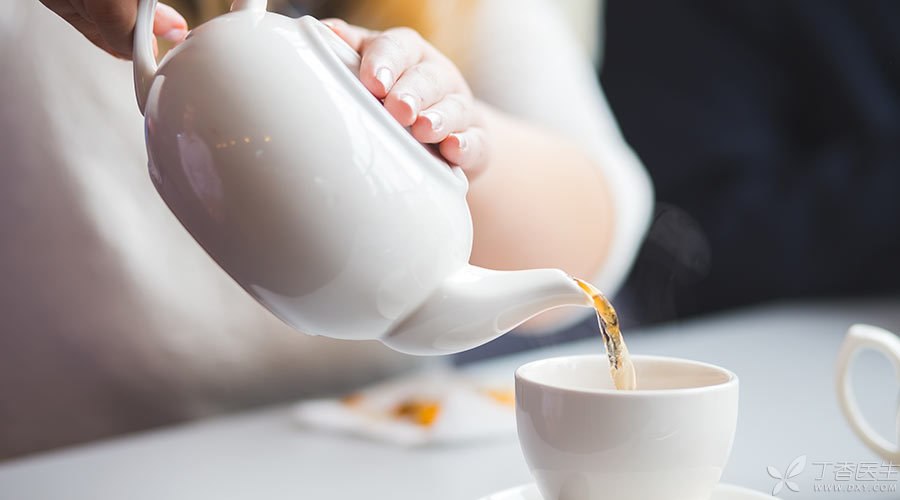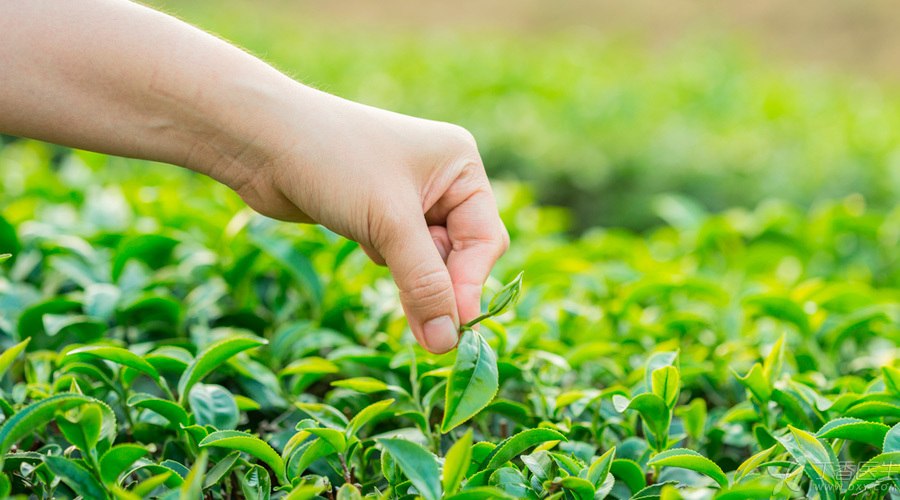China is the hometown of tea and tea culture has a long history.
But what are the benefits of drinking tea? Green tea, black tea, green tea, black tea, yellow tea, white tea… are so many teas the same?
Today, Dr. Clove will tell you about it.
Each kind of tea has its advantages, but the difference is not big.

There are many kinds of tea, which are really colorful, such as green tea, black tea, green tea, black tea, yellow tea, white tea…
But no matter what kind of tea, their common benefits mainly include three points:
1. It contains tea polyphenols and has certain health care effects.
Tea polyphenols are the characteristic components of tea, and different tea contents are different.
In some experiments, people have found that tea polyphenols have many benefits, such as antioxidant, antiallergic, antibacterial, anticancer…
However, please note that at present these studies are only [animal experiments] or may be useful to some people.
Therefore, it is only [in theory] that drinking tea is good, but it is expected to fight cancer, allergy and aging … Dr. Clove thinks it is better to insist on exercising.
2. It contains caffeine, which can refresh the mind.
Tea also contains caffeine, which is good for moderate intake.
Intake of 100 ~ 200 milligrams of caffeine every day has a very good refreshing effect, and the general tea drinkers are within the [moderate] range.
3. Sugar-free, fat-free, low-calorie
Compared with other drinks, at least you don’t have to worry about getting fat when drinking tea.
Is there any difference between colorful tea and what?

Experts divide tea into 6 categories according to its [fermentation degree], namely: green tea, yellow tea, white tea, green tea (oolong tea), black tea and black tea.
Next, let’s talk one by one.
Green Tea: No Fermentation
Green tea mostly uses tender tea as raw material, and after high temperature [de-enzyming], the activity of various enzymes is reduced in a short period of time without fermentation, so it better retains its true color and presents [green leaves and green soup].
White Tea: Slightly Fermented
White tea also uses green leaves in spring as raw materials, and only goes through two processes of withering and drying. Polyphenols are oxidized slowly and slightly, producing less colored substances, and the tea soup will show light green or yellow.
Yellow Tea: Damp Heat Fermentation
The raw materials of yellow tea include tender leaves and old leaves. After de-enzyming and yellow stuffing processes, polyphenols are oxidized and chlorophyll is degraded, presenting [yellow leaves and yellow soup].
Green Tea (Oolong Tea): Semi-fermented
Oolong tea is older than green tea and black tea. Through the process of withering and making green, polyphenols are partially oxidized to form the unique aroma of Oolong tea.
Black tea: fully fermented
Black tea is also mostly made of tender tea leaves. After complete fermentation, polyphenols are oxidized into theaflavins and thearubins, presenting [red leaf and red soup].
Black tea: post-fermentation
Black tea mostly uses coarse old tea as raw material, and forms yellowish brown tea soup through de-enzyming, rolling, piling and other processes.
Seeing here, everyone may understand that the color of tea is the result of different technological effects and has no special direct connection with the nutrition of tea.
The more expensive the tea, the better for your health?

Not necessarily.
As the saying goes, thinness is the most important thing. In fact, tea is similar.
If a kind of tea is difficult to make, has less yield and unique flavor, the natural price will be high.
In fact, although there are a lot of tea drinkers, the scale of tea production is far from large compared with other beverages, and many production links are limited by the experience of tea makers and [favorable weather and geographical location], which will make the price of tea not cheap.
As for the benefits to the body, we said from the beginning that the nutritional difference of each kind of tea is not as great as imagined, so don’t pay too much attention.
The more fresh and tender the tea, the better for your health?

In the national standard, different varieties of tea in all kinds of tea are classified, and the comparison results show that:
For the same kind of tea, the lighter and more tender the color, the brighter the color, and the higher the grade, the higher the content of tea polyphenols.
Therefore, from the perspective of composition alone, the fresher the tea, the better.
However, tender tea will promote gastric acid secretion, and people with bad stomachs will try their best to dilute some tea.
However, as previously stressed, tea polyphenols are theoretically good for health, but if they are fully expected to fight cancer or strengthen body constitution, it is a bit difficult for strong tea.
What kind of tea should we drink?
First of all, Dr. Clove should remind everyone that not everyone is suitable for drinking tea.
According to the physical condition, drinking tea still has some [taboos]:
- Caffeine in tea has an exciting effect. It is recommended that people who cannot sleep well drink less tea, especially strong tea. Caffeine can also promote gastric acid secretion. It is recommended that people with gastric ulcer drink a little light tea or not. Theophylline and tannic acid in tea will affect the absorption of iron. It is recommended that people with iron deficiency anemia drink light tea or not drink tea.
Finally, I would like to talk about the most important reference standards for drinking tea. In fact, there are only two:
- One is the taste, like to drink tea is good tea; Second, nature is… wallet, affordable tea is good tea.
As for other kinds of [exquisite], Dr. Clove thinks it is quite good to listen and talk, but it is really unnecessary.
